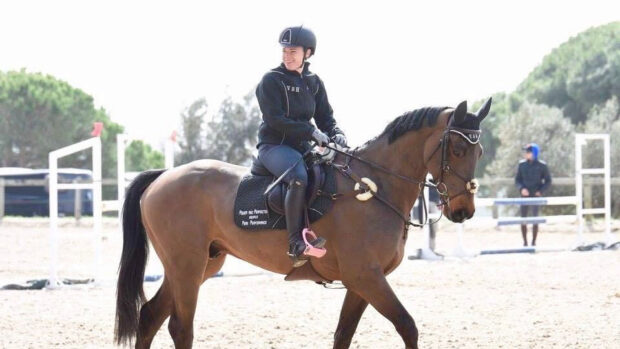Q: WHY was Zara Phillips’ show jumping mishap at fence nine at the European Eventing Championships, (13-16 September), counted as a refusal rather than a knockdown? It seemed that Toytown passed through the wings of the fence, he didn’t stop or step back and Zara didn’t turn away. If they negotiated the fence, surely this was a knockdown and nothing else?
JT, London
IT is easy to spot a refusal when a horse steps back or halts in front of a fence — if he does not pass through the red and white flags at the boundaries of the jump, then it is a refusal whether or not he destroys the fence in the process. However, when a horse stops or tries to stop at a fence but continues through the flags as momentum carries him forward, the jump judge has to decide quickly whether this is a refusal or a knockdown.
British Eventing press officer Winnie Murphy refers to the FEI rules that the European Championships are run under. Article 221.4 states: “If a horse slides through an obstacle, the judge in charge of the bell must decide immediately if it is to count as a refusal or as an obstacle knocked down. If he decides that it is a refusal the bell is rung at once and the competitor must be ready to attempt the obstacle again as soon as it has been rebuilt.”
FEI press officer Malina Gueorguiev says of Toytown’s incident: “The fault was counted as a refusal rather than a knockdown because the horse destroyed the fence — he didn’t attempt to jump it, he went straight through it. It wasn’t as if the horse knocked down one pole. He went into it and knocked down the whole fence.”
This Q&A was first published in Horse & Hound (27 September, ’07)



